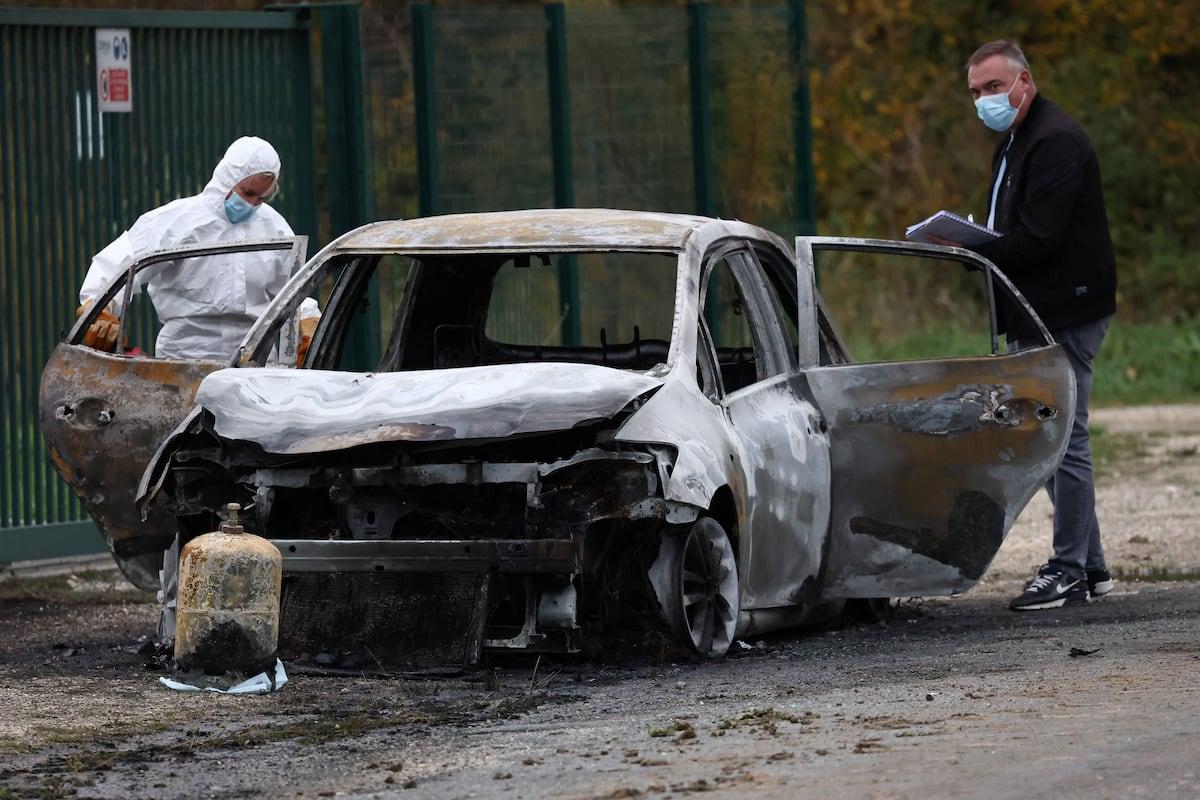The public appearance of the J-36 and later the "twins" marks a turning point in Chinese military aviation, and puts Beijing in the race...
The public appearance of the J-36 and its subsequent "twins" marks a turning point in Chinese military aviation, putting Beijing in direct competition for air supremacy in the 21st century.Until a few years ago, the US leadership in the development of stealth aircraft seemed secure.However, the new Chinese platforms, first shown in uncensored flights and now visible in satellite images of a secret base near Lop Nur, indicate that China has not just advanced technology: it has decided to show it off.
The sixth generation became official on October 31, 2025, when several videos shared on Chinese and international social networks showed Beijing's new J-36 sixth-generation stealth aircraft spotted flying alongside a J-20, most likely a two-seat J-20S, near the Chengdu Aircraft Corporation facility.
The deliberate release of images, operational integration with J-20S fighters already in service, and the parallel deployment of two different sixth-generation models suggest that China is not simply testing isolated prototypes, but is building a deeply interconnected air ecosystem designed to coordinate manned fighters, heavy stealth platforms on advanced aviation platforms, and drugs and surveillance missions in heavily defended theaters.
Crime pattern.The J-36, the most visible and talked about aircraft, is known for its strong configuration, a feature that is difficult without the help of an advanced algorithm.Its very fuselage, summer wings and air vents are on the top and in the ranking competition teams and reduced for long periods within the build areas.
Analysts compared the design to a cross between powerful fighters and bombers, not only aimed at air-to-air combat, but used as a means of intelligence in the air: monitoring distributed sensors, integrating unplanned platforms and providing range and endurance in deep missions.The model seen in December 2024 and the evolution shown in 2025 (for nozzles, landing gear and control surfaces and adjustments) characterized by rapid iteration and a high level of testing, an example of the aerospace industry and mature design cycles.
J-20S bridge cone.The use of the J-20S, a two-seat variant of China's fifth-generation stealth fighter, as an escort and surveillance platform in mixed flights with the J-36 is no small detail.The extra cabin in the J-20S is optimized to handle sensors, data links and control autonomous systems, making it the "human part" that oversees what will become increasingly automated in the future.
This combination reflects the US operational concept of the NGAD program; Here, a very high-end fighter does not replace existing models but coordinates and reinforces them.China appears to be preparing similar hybrid attack packages: the J-36 leads and creates information bubbles, the J-20S protects and directs, and the unmanned vehicles carry out saturation, deception or attack.
Chinese Area 51. After the show, the J-36 was stored at an unknown location until a few hours ago.The appearance of another prototype (a smaller but still heavier one called the J-XDS) next to the J-36 at a remote site near the historic Lob Noor nuclear site revealed something important: China is moving the testing phase from factory facilities to an advanced test center, similar to US Area 51.
Over 5 kilometers of runway, new hangar facilities, developments and projects under construction suggest an environment where intensive testing of sensitive systems, covert operations and doctrine validation takes place.That both models were parked in the open, knowing they were being recorded by commercial satellites, reinforces the interpretation that Beijing is trying to demonstrate its capability and delegate Western intelligence to fill in gaps and discuss roles, sizes, engines, levels of automation and missions.In other words, ambiguity is part of the strategy: it forces the United States, Japan, South Korea, and Australia to prepare for multiple scenarios at once, which scatters resources, planning, and budgets.
The future combat ecosystem.The key is not just manned aircraft.China is rapidly expanding parallel programs of autonomous and collaborative stealth drones, from maritime combat drones such as the GJ-11/21 operating from aircraft carriers, to "loyal wingman" CCA, which is similar in size to a light fighter and is planned to serve as a range multiplier, sensor and munitions alongside the J-36.
The goal is to create a spectrum of interdependent systems in which swarms of unmanned aircraft execute dangerous missions, absorb fire, and saturate free passage and long-range defenses, while sixth-generation fighters act as the brains of the air.This theoretically applies directly to Western Pacific scenarios where dense and deeply integrated surveillance networks, over-the-horizon radars, satellites, and naval missiles are required.
A challenge for Washington.The presentation and transfer of evidence on a top secret basis is indeed emerging.China does not build an aircraft, and concerns for the US, Japan and allies stem not only from technological progress but also from the calendar.
Washington plans to deploy its first NGD fighter around 2030, but Beijing is already flying prototypes in experimental operational configurations alongside mature fighters. If the J-36 or its practical twin, the J-XDS, reaches the level of early availability and credible theory, the Pacific air map could undergo a major transformation.
For decades, the question has been "Will China reach the fifth generation?"now is a very different and relevant question. What will be the wind attack in the next decade?
Photo |Lab Labs, Chinese social media
See 7 comments








